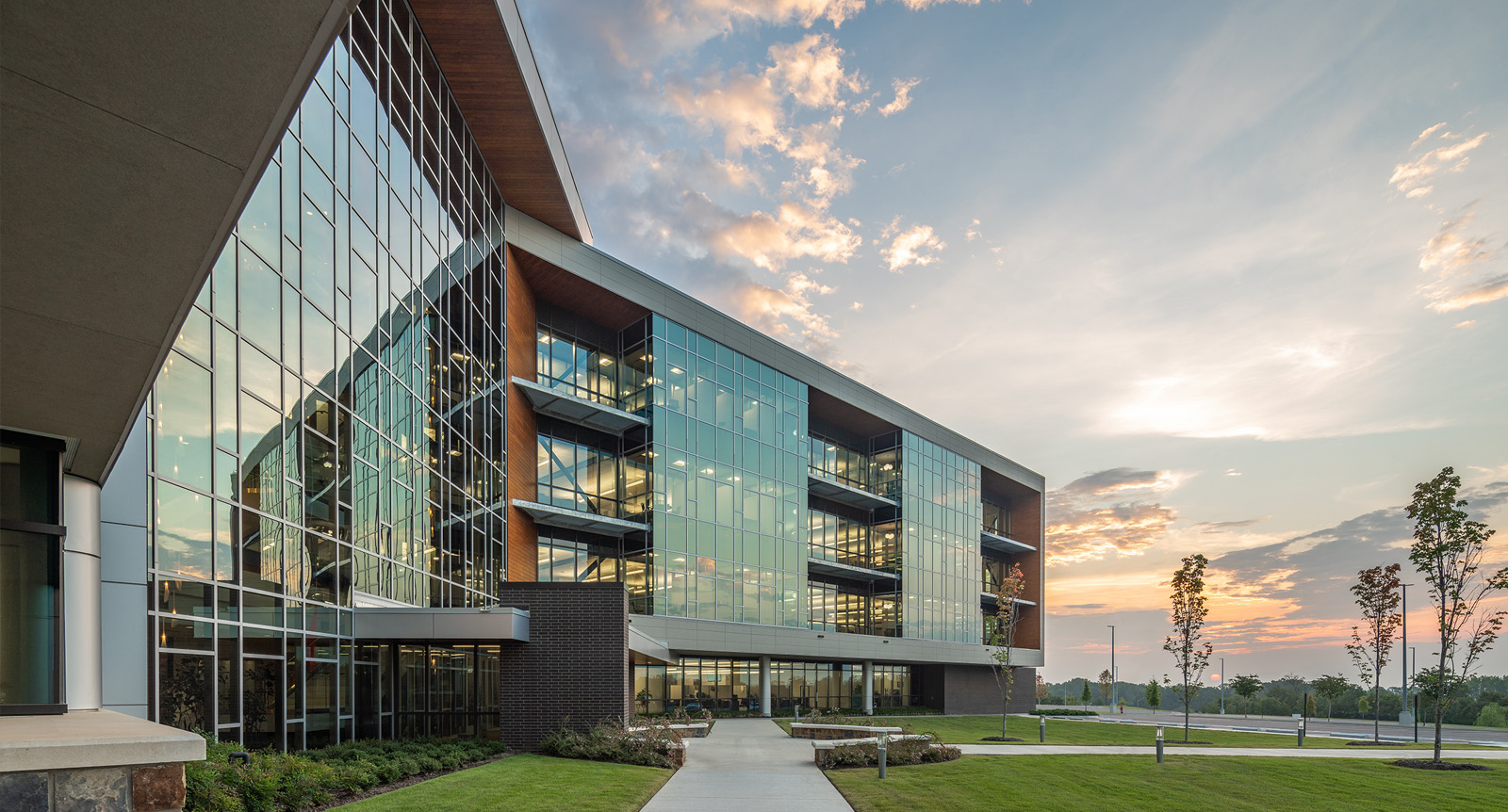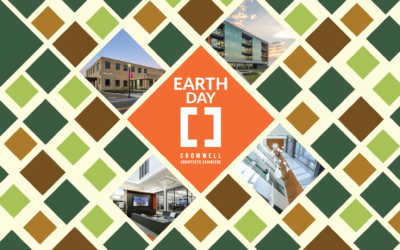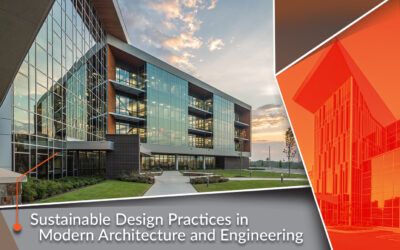In an era where environmental challenges and climate change are gaining increased prominence, the significance of building sustainability has never been more profound. Architects and engineers have a greater responsibility to promote environmentally responsible practices that ensure the wellness of people.
Architects and engineers are stepping up as stewards of sustainability. The built environment, which accounts for a substantial portion of global greenhouse gas emissions and resource consumption, is at the forefront of this effort. Embracing sustainable building practices is imperative to mitigate these challenges.
Sustainable design is about creating more environmentally harmonious and respectful structures. This holistic approach employs energy-efficient design principles and integrates eco-friendly materials. Harnessing renewable energy solutions further aids these efforts. Leadership in Energy and Environmental Design is the world’s standard green building certification program. The impact extends far beyond environmental considerations, deeply affecting both employees and organizations.
Beyond environmental benefits, sustainable design places human well-being at its core. Natural light, proper ventilation and non-toxic materials are necessary design elements that enhance indoor air quality and occupants’ health. LEED-certified office spaces, with features like natural light and improved indoor air quality, resonate with candidates seeking healthier work environments. A U.S. Green Building Council (USGBC) 2018 survey found employees actively seek healthier workspaces, demonstrating a shift toward prioritizing well-being over conventional perks. LEED-certified buildings contribute to employee satisfaction and retention. According to a USGBC survey, 93 percent of employees working in such buildings reported job satisfaction. This information proves sustainable building design is now a valid strategy for employee retention and recruitment.
LEED-certified buildings are appealing to employees and investors, occupiers and communities. A 2019 study performed by Oxford University’s Saïd Business School found that “happy” employees were 13 percent more productive in measurable business outcomes in sales. There are several ways to affect the mood of the workforce, but the study performed by the UK research team emphasizes the findings USGBC claims in their performance metrics. USGBC says their certified buildings consistently outperform their non-LEED counterparts across various metrics. They command higher rents, experience lower vacancy rates and achieve premium pricing in the sales market. The intrinsic link between sustainability and financial performance highlights the significant advantages of adopting green building practices.
Dispelling the notion that sustainability comes at a high cost, investing in green buildings has proven to be economically sensible. While initial construction expenses are slightly higher, the energy savings and operational efficiencies during the building lifespan yield substantial returns on investment.
Governments and regulatory bodies worldwide recognize the value of sustainable design. Many jurisdictions offer incentives, tax breaks and certifications for sustainable buildings, making compliance with these standards are financially rewarding and essential for addressing climate change and conserving natural resources. Business leaders and building owners should be prepared to address climate change policy and lean heavily on design teams to develop a strategy that takes advantage of all available incentives.
Architects and engineers have the power to influence industry standards and develop creative solutions that reach beyond the aesthetics and function of a facility. Sustainable design uniquely impacts occupant comfort and satisfaction, drives productivity, and provides a responsible long-term investment opportunity. Design teams have taken the challenge to develop win-win strategies and a collaborative spirit where organizations successfully navigate climate policy, improve their culture and inspire mutual benefit between people and the environment.
This article was originally published in AMP News Online.




